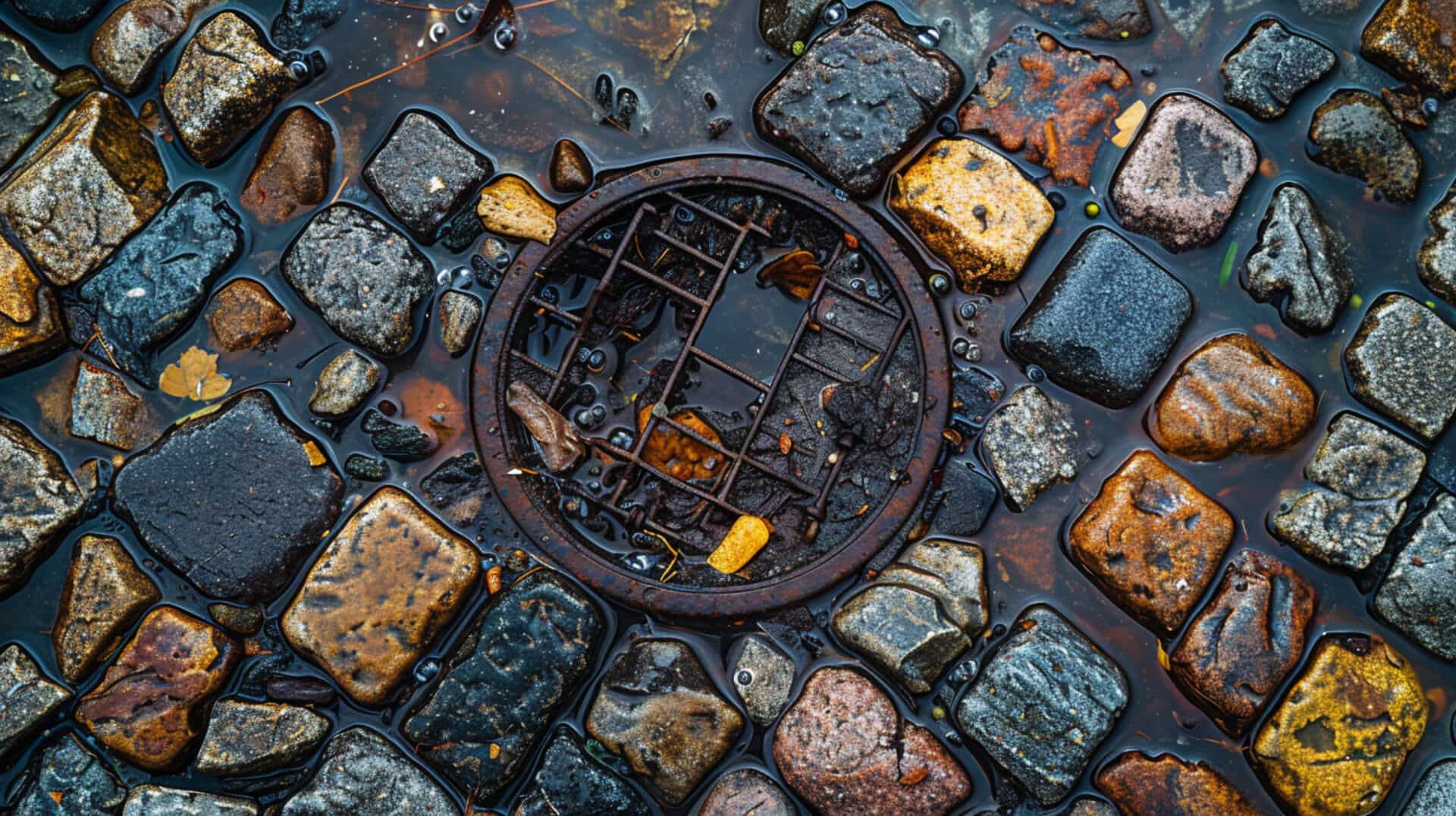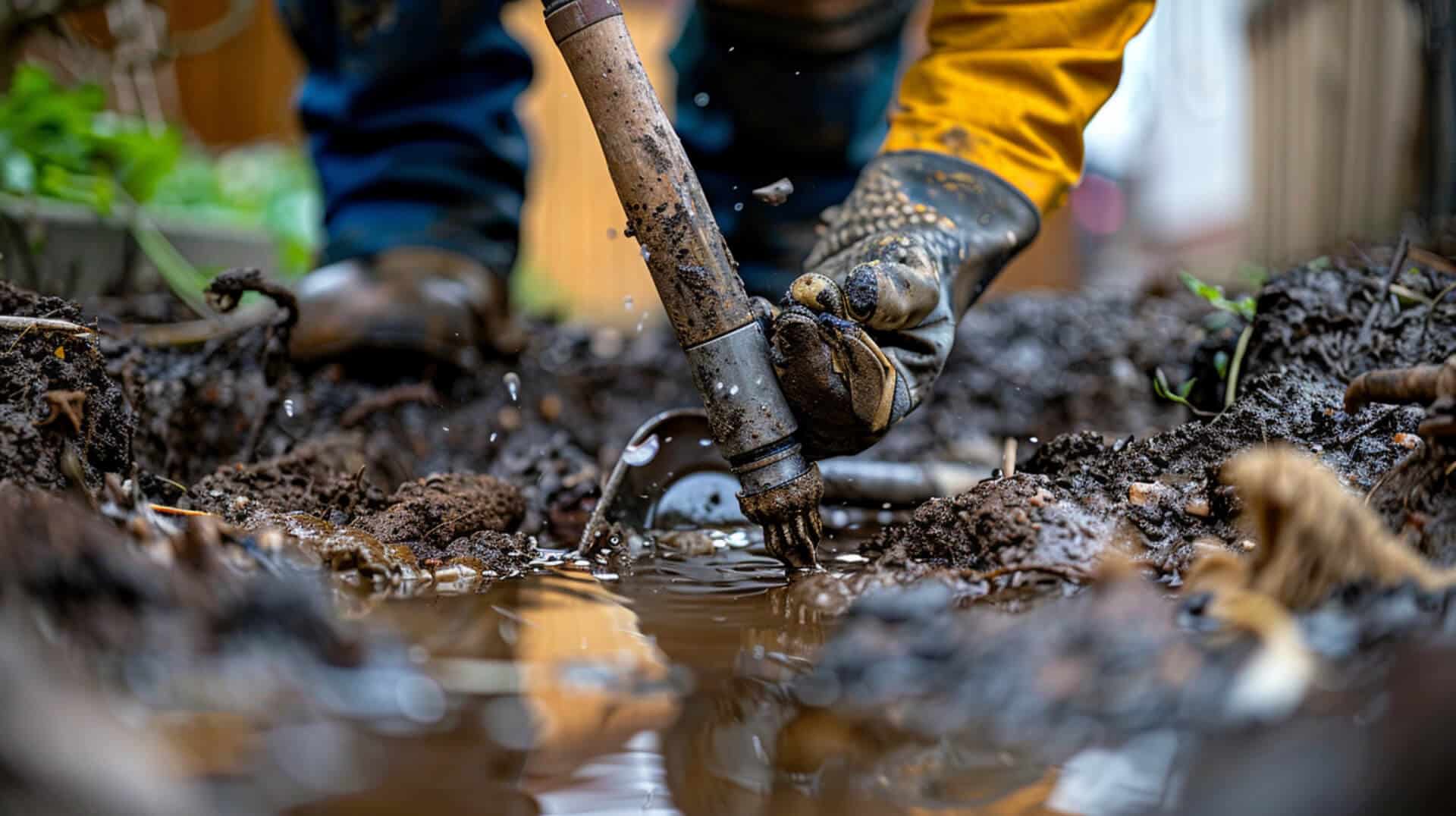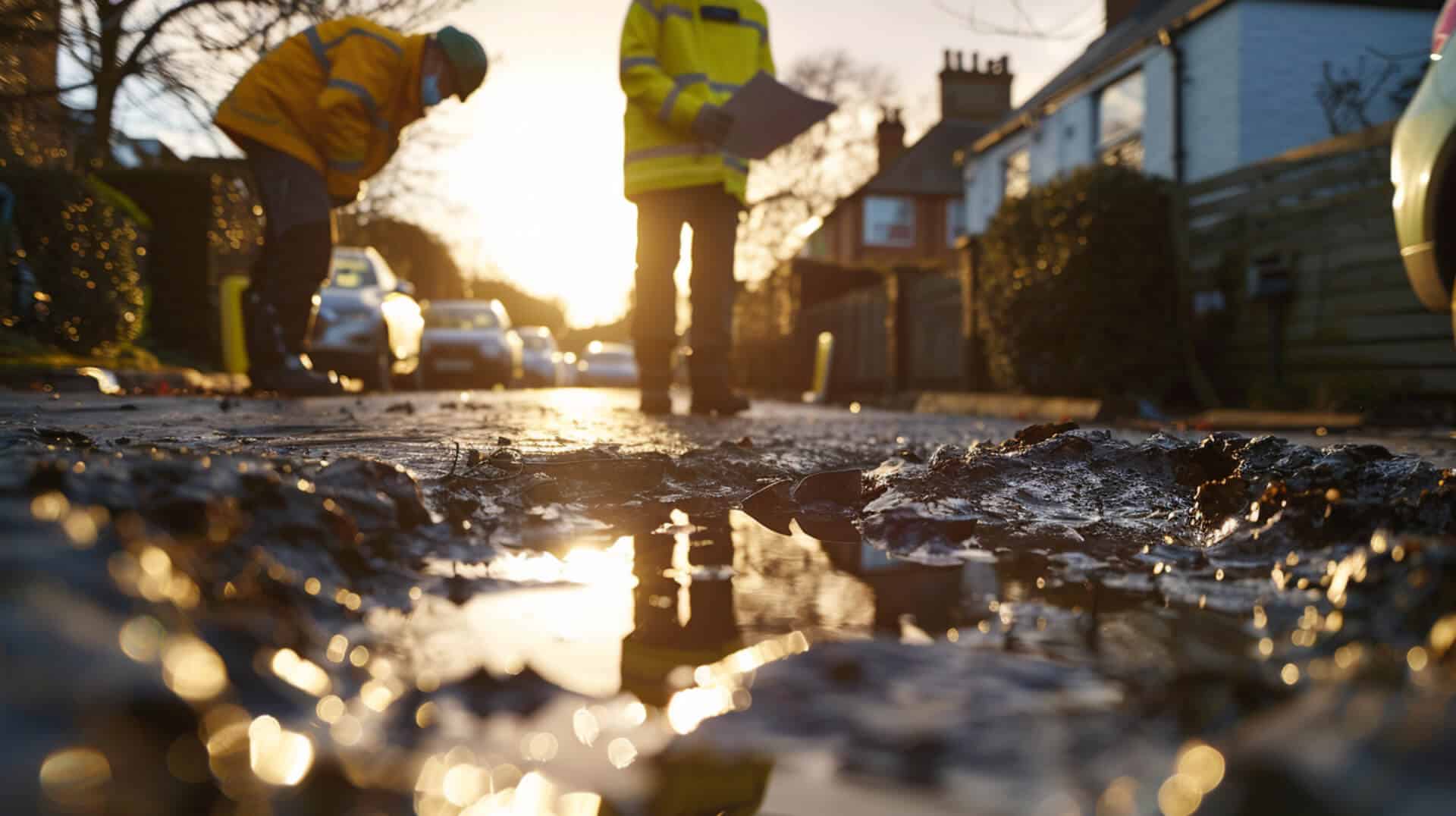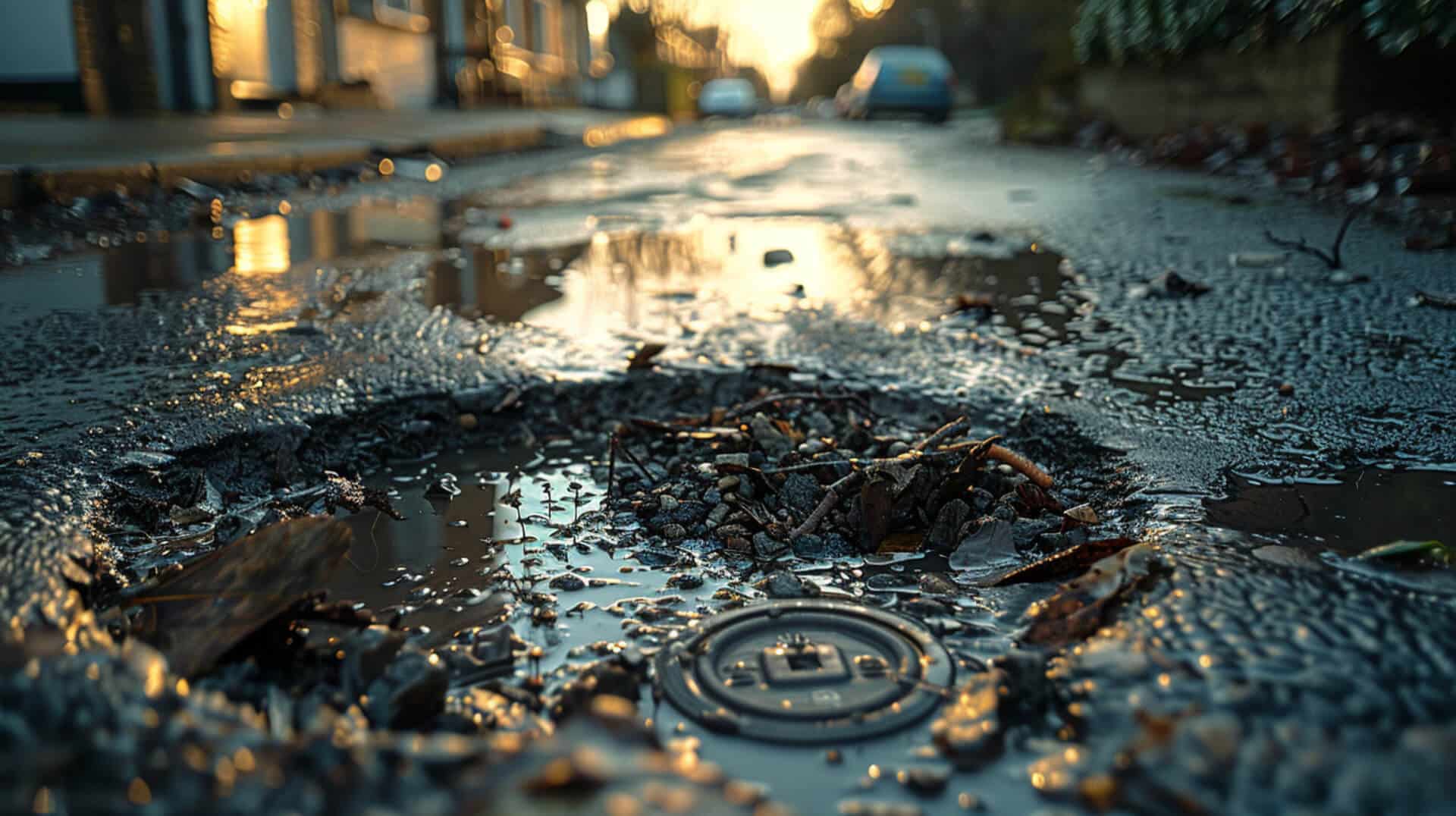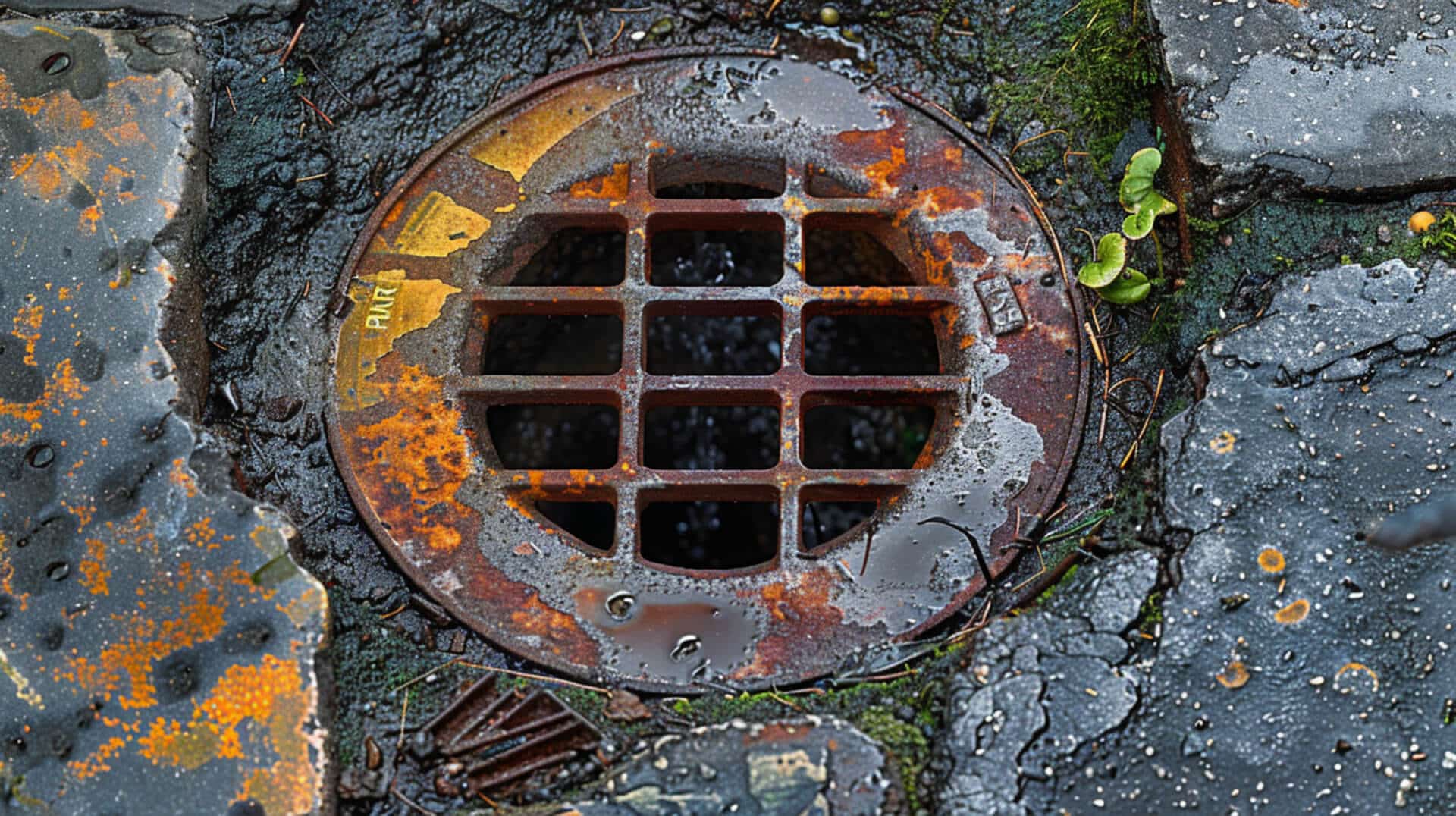 Why Is Drain Sediment And Debris Analysis Important
Why Is Drain Sediment And Debris Analysis Important

Understanding the significance of drain sediment and debris analysis is essential for maintaining the health of infrastructure systems. This analysis involves examining the materials that accumulate in drainage systems, which can include natural sediment, wear debris from machinery, and various types of refuse. The primary objectives are to identify potential blockages, assess the condition of the infrastructure, and prevent long-term damage.
Why Drain Sediment and Debris Analysis Matters
Drain sediment and debris analysis is crucial because it directly impacts the functionality and longevity of drainage systems. Accumulation of these materials can lead to blockages, resulting in waterlogging, flooding, and subsequent infrastructure damage. Regular analysis helps in early detection of these issues, allowing for timely maintenance and repairs.
Effects of Sediment and Debris Accumulation
When sediment and debris are not regularly cleared, they can cause significant wear and tear on plumbing systems. This can lead to reduced water flow, increased pressure on pipes, and even contamination of water supplies, posing risks to public health and safety.
Objectives of Conducting Analysis
The analysis aims to ensure that drainage systems operate efficiently. By identifying the types of debris and sediment present, property owners can implement targeted cleaning and maintenance strategies. This proactive approach aids in preventing costly emergency repairs and extends the service life of the infrastructure.
Contribution to Maintenance and Longevity
Regular sediment and debris analysis contributes to the overall maintenance strategy for drainage systems. It provides valuable data that can inform predictive maintenance schedules, helping to avoid unexpected failures and ensuring that infrastructure remains in optimal condition for as long as possible.
Understanding the Impact on Plumbing and Infrastructure
Sediment and debris in drainage systems can lead to significant wear and tear on plumbing infrastructure. Over time, the accumulation of these materials can cause blockages and abrasions, which may result in leaks or bursts in pipes. The consequences of overlooking sediment and debris analysis are manifold, potentially leading to costly infrastructure damage and decreased system efficiency.
Consequences of Neglecting Sediment and Debris Analysis
Neglecting the analysis of sediment and debris can have detrimental effects on infrastructure health. Without regular monitoring, the gradual accumulation can go unnoticed until it manifests as severe plumbing issues. This neglect can lead to increased repair costs, water contamination, and even contribute to public health risks.
Economic Advantages of Early Detection
Early detection of abnormal wear through sediment and debris analysis can be economically advantageous. By identifying potential issues before they escalate, property owners can save on extensive repair costs and avoid the downtime associated with major plumbing failures.
Maintaining Infrastructure Integrity
Sediment and debris analysis aids in maintaining the integrity of infrastructure by providing actionable insights. Regular analysis allows for the timely removal of blockages and the implementation of preventive measures, ensuring the longevity and reliability of plumbing systems.
Economic Benefits of Sediment and Debris Analysis
Analysing sediment and debris in drainage systems is not only a preventive measure for maintaining infrastructure but also a strategic financial decision. For property owners, the economic benefits are twofold: cost savings from averting emergency repairs and the long-term advantages of sustained infrastructure health.
Cost Savings from Preventive Maintenance
Regular sediment and debris analysis can lead to significant cost savings. By identifying and addressing potential issues early, you can avoid the expenses associated with emergency repairs, which often come at a premium. Preventive maintenance ensures that drainage systems operate efficiently, reducing the likelihood of costly downtime or extensive damage.
Long-Term Economic Advantages
The long-term economic advantages of regular drain maintenance are substantial. A well-maintained drainage system has a longer lifespan, which defers the capital costs of replacement. Additionally, consistent maintenance can improve the resale value of a property, as it demonstrates diligent upkeep and reduces the risk of future infrastructure problems for potential buyers.
Minimising Operational Costs through Early Fault Detection
Early fault detection through sediment analysis is key to minimising operational costs. By implementing a schedule for regular analysis, you can detect issues before they escalate, thereby reducing the need for more extensive, and expensive, interventions later on.
Strategic Financial Planning
Debris analysis plays a crucial role in strategic financial planning for businesses and facilities. It provides a clear picture of the current state of infrastructure, allowing for informed budgeting for maintenance and potential upgrades. This foresight is invaluable for long-term financial planning and resource allocation.
Enhancing Water Quality and Public Health
Sediment and debris in drainage systems can have a direct impact on water quality and, consequently, public health. When drainage systems are compromised by excessive sedimentation, the risk of water contamination increases, which can lead to a range of health issues for the community.
Impact of Sediment on Water Quality
The presence of sediment and debris in water can lead to turbidity, which not only affects the aesthetic quality of water but can also harbour pathogens and pollutants. These contaminants can pose serious health risks if the water is used for drinking, cooking, or other household purposes.
Public Health Implications
Compromised drainage systems can become a vector for disease transmission, particularly in areas where water systems are interconnected. Sediment analysis is crucial in identifying potential health hazards early, allowing for timely intervention to protect public health.
Contribution to Safer Water Conditions
Regular sediment and debris analysis contributes to safer water conditions by ensuring that any potential contaminants are identified and addressed promptly. This proactive approach is essential in maintaining the quality of water that is safe for public use.
Mitigation Strategies
To mitigate the impact of sediment on public health, several strategies can be employed, including:
- Implementing point-of-entry filtration systems to remove particulate matter.
- Conducting comprehensive drain cleaning to prevent sediment accumulation.
- Regular monitoring of water quality to detect and address contaminants swiftly.
By adopting these strategies, you can ensure that your water systems remain clean and safe, thereby safeguarding public health.
Environmental Considerations and Ecological Impact
Sediment dynamics play a pivotal role in aquatic ecology, influencing water quality, habitat structure, and nutrient cycling. Drain sediment and debris analysis is essential for understanding these dynamics and mitigating their impact on ecosystems.
Significance of Sediment Dynamics in Aquatic Ecology
Sediment and debris can alter the physical and chemical properties of aquatic habitats, affecting the organisms that rely on these environments. Analysis of these materials helps in assessing their impact on ecological balance and biodiversity.
Flood Hazard Prevention Through Sediment Analysis
Analysing sediment accumulation in drainage systems is critical for flood hazard prevention. It enables the identification of potential blockages that can lead to waterlogging and flooding, thereby informing necessary interventions to maintain water flow and land use sustainability.
Environmental Benefits of Effective Sediment Management
Effective sediment management, guided by thorough analysis, yields multiple environmental benefits, including:
- Reduced risk of habitat destruction due to sediment overload.
- Preservation of water quality by preventing excessive nutrient and pollutant load.
- Maintenance of natural sediment flow essential for ecological processes.
Re-vegetation as a Control Measure
Re-vegetation is a strategic approach to controlling sediment erosion. By stabilising soil and reducing runoff, vegetation cover can significantly diminish the rate of sedimentation, contributing to the health of aquatic systems and the wider environment.
Techniques and Methodologies for Effective Analysis
The analysis of sediment and debris in drainage systems employs a variety of techniques that prioritise execution quality, ensuring accurate and reliable results.
Prioritising Execution Quality in Analysis
In sediment and debris analysis, the focus is on the quality of execution rather than the sophistication of technology. This approach ensures that the data collected is of high integrity and can be trusted for making informed decisions.
Key Techniques in Sediment and Debris Analysis
Several methodologies are central to effective sediment and debris analysis:
- Elemental Analysis: Determines the composition of sediment to identify contamination sources.
- Ferrous Density Tests: Measure the concentration of ferrous particles, indicative of wear in machinery.
- Analytical Ferrography: A microscopic examination that identifies wear particles and their modes of origin.
Role of Elemental and Ferrous Density Analysis
Elemental and ferrous density analysis play a crucial role in identifying wear modes in machinery. By understanding the types and sources of wear, you can take proactive measures to prevent equipment failure and extend the lifespan of your machinery.
Enhancing Machine Reliability
Comprehensive debris composition analysis is instrumental in enhancing machine reliability. It allows for the early detection of potential issues, enabling timely maintenance and reducing the likelihood of unexpected breakdowns.
Best Practices for Drainage System Maintenance
Maintaining a drainage system is essential to prevent sediment buildup, which can lead to blockages and infrastructure damage. Regular cleaning and proactive maintenance are key strategies to ensure system efficiency and longevity.
Regular Cleaning and Upkeep
Regular cleaning is a cornerstone of effective drainage maintenance. It involves:
- Drain Jetting: Utilising high-pressure water streams to remove debris and sediment buildup.
- Comprehensive Drain Cleaning: Ensuring all components of the drainage system are free from obstructions.
Sedimentation Device Maintenance
Sedimentation devices are critical for trapping debris before it enters the drainage system. Proper upkeep includes:
- Sediment and Trash Removal: Regularly clearing out accumulated materials to prevent clogs.
- Invasive Vegetation Management: Controlling plant growth that can obstruct water flow and sediment capture.
Innovative Solutions for Sediment Management
Innovative solutions for managing sediment and debris in drainage systems include:
- Smart Monitoring Systems: Installing sensors to detect sediment levels and predict maintenance needs.
- Eco-friendly Drain Guards: Using biodegradable materials to philtre out debris while allowing water to pass through.
Implementation Strategies for Property Owners
Property owners can implement these maintenance strategies by:
- Scheduling Regular Inspections: Establishing a routine for professional assessments of the drainage system.
- Adopting Preventive Measures: Integrating best practices into the regular maintenance schedule to avoid reactive approaches.
Policy Implications for Urban Planning
Sediment and debris analysis has significant policy implications for urban planning. It informs the development of regulations that govern land use, water management, and infrastructure maintenance. These policies aim to mitigate the risks associated with sediment accumulation, such as flooding and water contamination, which can have far-reaching effects on urban environments.
Strategic Management to Prevent Mechanical Degradation
Strategic management of sediment and debris is essential to prevent mechanical degradation of infrastructure. Policies must advocate for regular monitoring and maintenance schedules, ensuring that sediment levels are kept in check to avoid undue stress on mechanical systems and extend their operational life.
Essential Planning Considerations
Effective sediment and debris management requires careful planning. Considerations include:
- Assessment of Risk Areas: Identifying regions prone to high sedimentation.
- Infrastructure Design: Incorporating features that facilitate easy sediment removal and monitoring.
- Maintenance Protocols: Establishing clear guidelines for regular system checks and debris clearance.
Influence of Policies and Regulations
Policies and regulations play a pivotal role in sediment and debris analysis practices. They set the standards for:
- Environmental Protection: Safeguarding natural habitats from the adverse effects of sediment overload.
- Public Safety: Ensuring that drainage systems do not pose a hazard to the community.
- Compliance: Mandating that businesses and facilities adhere to best practices in sediment and debris management.
By understanding and adhering to these policies, you can contribute to the sustainable development and maintenance of urban areas.
The Role of Wear Debris Analysis in Industrial Machinery Maintenance
Wear debris analysis is a critical component in the maintenance of industrial machinery. By examining the particles present in lubricants and fluids, maintenance teams can gain insights into the condition of machinery and predict potential failures before they occur.
Methodologies and Tools in Wear Debris Analysis
The methodologies employed in wear debris analysis are diverse and include:
- Elemental Analysis: Identifying the types of metals and materials present in the debris.
- Ferrous Density Measurement: Gauging the amount of ferrous material, which can indicate the severity of wear.
- Analytical Ferrography: Microscopic examination of wear particles to determine their origin and mode of wear.
Preventing Machinery Failure
Wear debris analysis serves as a predictive tool, allowing for:
- Early Detection: Identifying abnormal wear patterns before they lead to machinery failure.
- Scheduled Maintenance: Planning maintenance activities based on actual machine condition rather than on a fixed schedule.
Challenges and Solutions in Implementation
Implementing wear debris analysis in industrial settings can present challenges, such as:
- Training: Ensuring staff are adequately trained to interpret analysis results.
- Integration: Incorporating wear debris analysis into existing maintenance protocols.
Solutions to these challenges include investing in training programmes and developing clear procedures for incorporating analysis findings into maintenance decision-making.
Predictive Maintenance Through Sediment and Debris Analysis
Predictive maintenance is a proactive strategy that utilises data from sediment and debris analysis to anticipate and prevent equipment failures. This approach is grounded in the principle that regular monitoring and analysis can forecast potential issues, allowing for timely interventions.
Facilitating Predictive Maintenance with Alarms and Limits
Setting alarms and limits based on wear debris analysis is a key aspect of predictive maintenance. This process involves:
- Establishing baseline levels for sediment and wear debris in systems.
- Configuring alarms to trigger when readings exceed these baselines, indicating potential issues.
Benefits for Property and Facility Managers
For those managing properties and facilities, predictive maintenance offers several advantages:
- Cost Efficiency: Reducing the likelihood of unexpected repairs and associated costs.
- Downtime Minimization: Planning maintenance during off-peak times to avoid disruptions.
- Longevity of Equipment: Extending the life of machinery through timely maintenance.
Informing Maintenance Decision-Making
Data from sediment and debris analysis is invaluable for maintenance decision-making. It provides insights into:
- The current condition of equipment.
- Trends that may indicate developing problems.
- Optimal timing for maintenance activities.
Implementing a Predictive Maintenance Programme
To implement a predictive maintenance programme based on analysis findings, follow these steps:
- Data Collection: Regularly gather and record data on sediment and debris levels.
- Analysis: Use analytical tools to interpret the data and identify patterns.
- Actionable Insights: Translate analysis into maintenance schedules and procedures.
- Continuous Improvement: Refine the programme based on feedback and results.
By adopting these practices, you can establish a robust predictive maintenance programme that enhances the reliability and efficiency of your operations.
Advancements in Sediment and Debris Analysis Technology
The field of sediment and debris analysis is evolving rapidly, with technological advancements offering new possibilities for more precise and efficient monitoring.
Emerging Trends in Analysis Techniques
Recent trends in sediment and debris analysis techniques include:
- Automated Sampling: Devices that provide real-time data and reduce the need for manual collection.
- Machine Learning Algorithms: Software that can predict sediment patterns and potential blockages.
- Remote Sensing Technology: Tools that allow for the monitoring of sediment and debris from a distance.
Enhancing Understanding Through Cross-Disciplinary Collaboration
Cross-disciplinary collaboration is key to advancing the understanding of sediment dynamics. By combining expertise from fields such as ecology, engineering, and data science, more comprehensive strategies for sediment management can be developed.
Staying Ahead with Latest Technologies
For property owners, business owners, and facility managers, staying informed about the latest technologies in sediment and debris analysis is crucial. This can be achieved by:
- Participating in industry workshops and seminars.
- Subscribing to relevant journals, such as the Journal of Geophysical Research.
- Engaging with professional networks and forums that focus on infrastructure maintenance and environmental monitoring.
By keeping abreast of these developments, you can ensure that your maintenance strategies are informed by the most current and effective practices.
Indispensable Nature of Comprehensive Drain Sediment and Debris Analysis
A comprehensive approach to drain sediment and debris analysis is indispensable due to its multifaceted benefits. It ensures the longevity of infrastructure, safeguards environmental health, and protects public safety.
Integrating Multiple Perspectives for Societal Benefit
Integrating environmental, industrial, and public health perspectives into sediment and debris analysis yields significant benefits for society. This holistic approach facilitates informed decision-making that considers the intricate interplay between human activities and natural processes.
Key Takeaways for Stakeholders
For property owners, business owners, and facility managers, the key takeaways regarding sediment and debris analysis include:
- Recognising the critical role of regular analysis in preventing infrastructure failure.
- Understanding the economic and health implications of sediment and debris accumulation.
- Implementing strategic maintenance practices to enhance system efficiency and safety.
Role of Research and Technological Advancement
Continued research and technological advancement are vital for improving sediment and debris analysis practices. Innovations in this field can lead to more accurate, efficient, and cost-effective methods, ultimately enhancing the management of drainage systems and contributing to the resilience of urban infrastructure.


